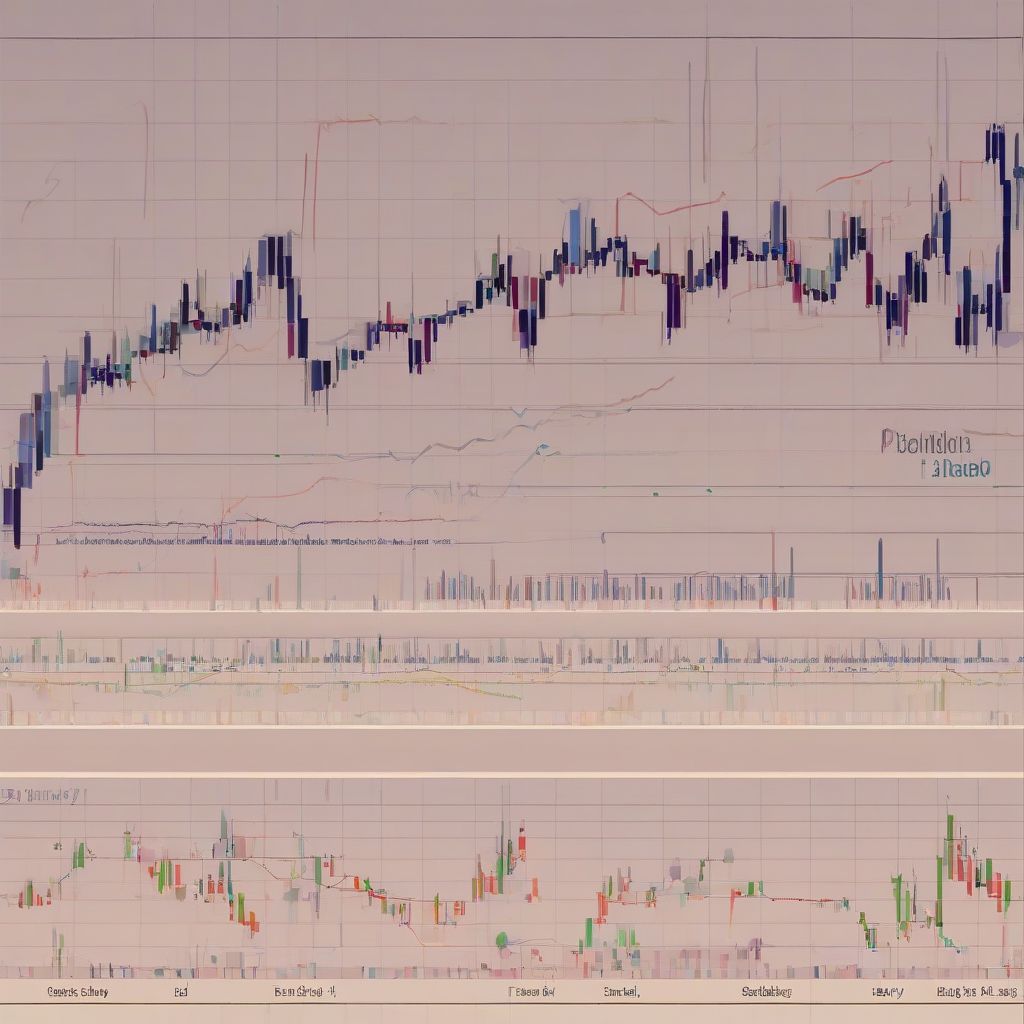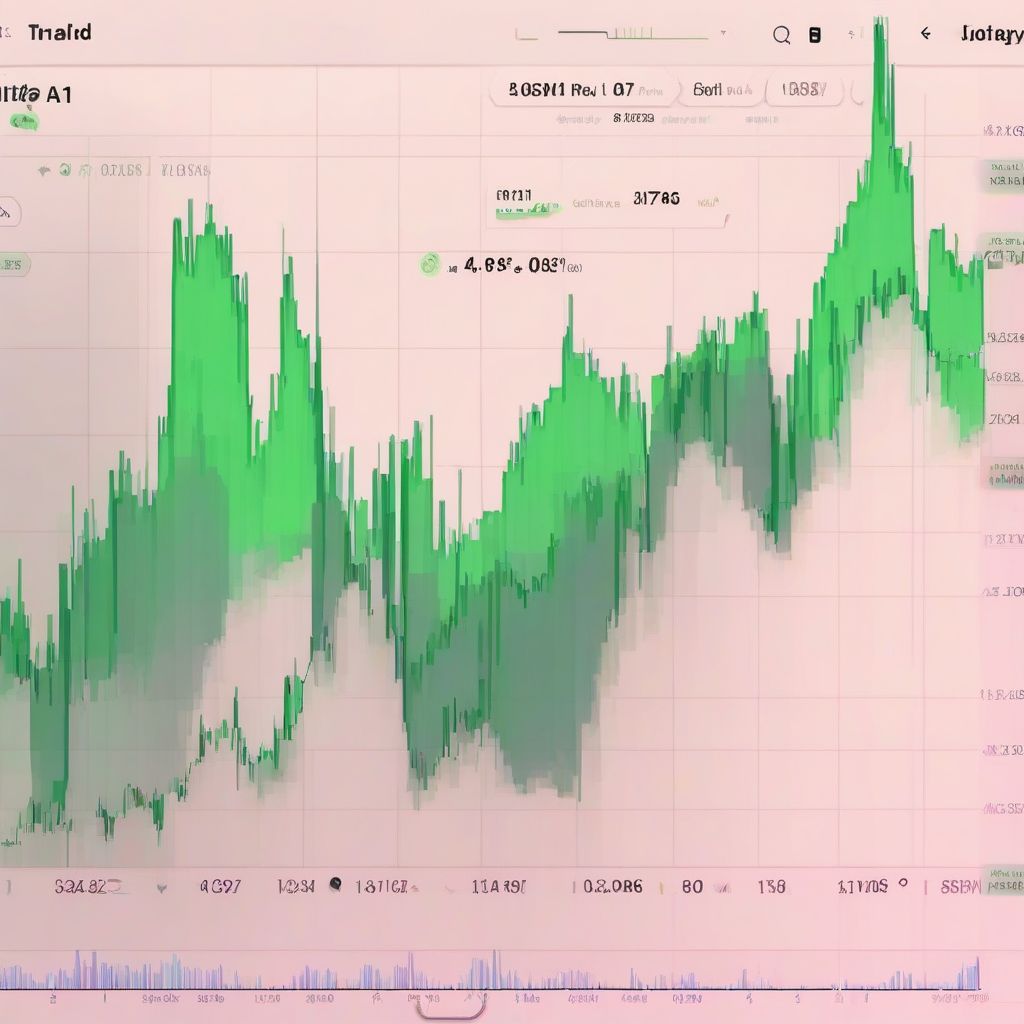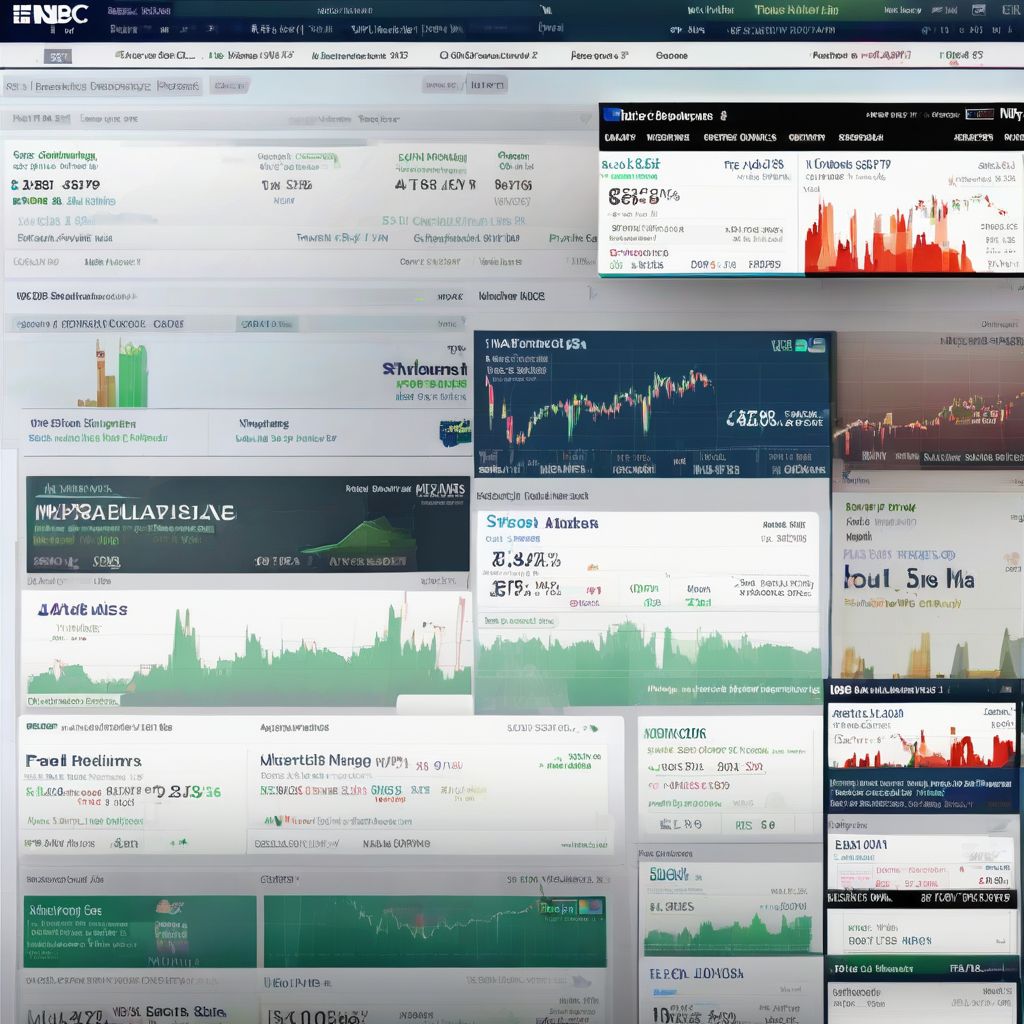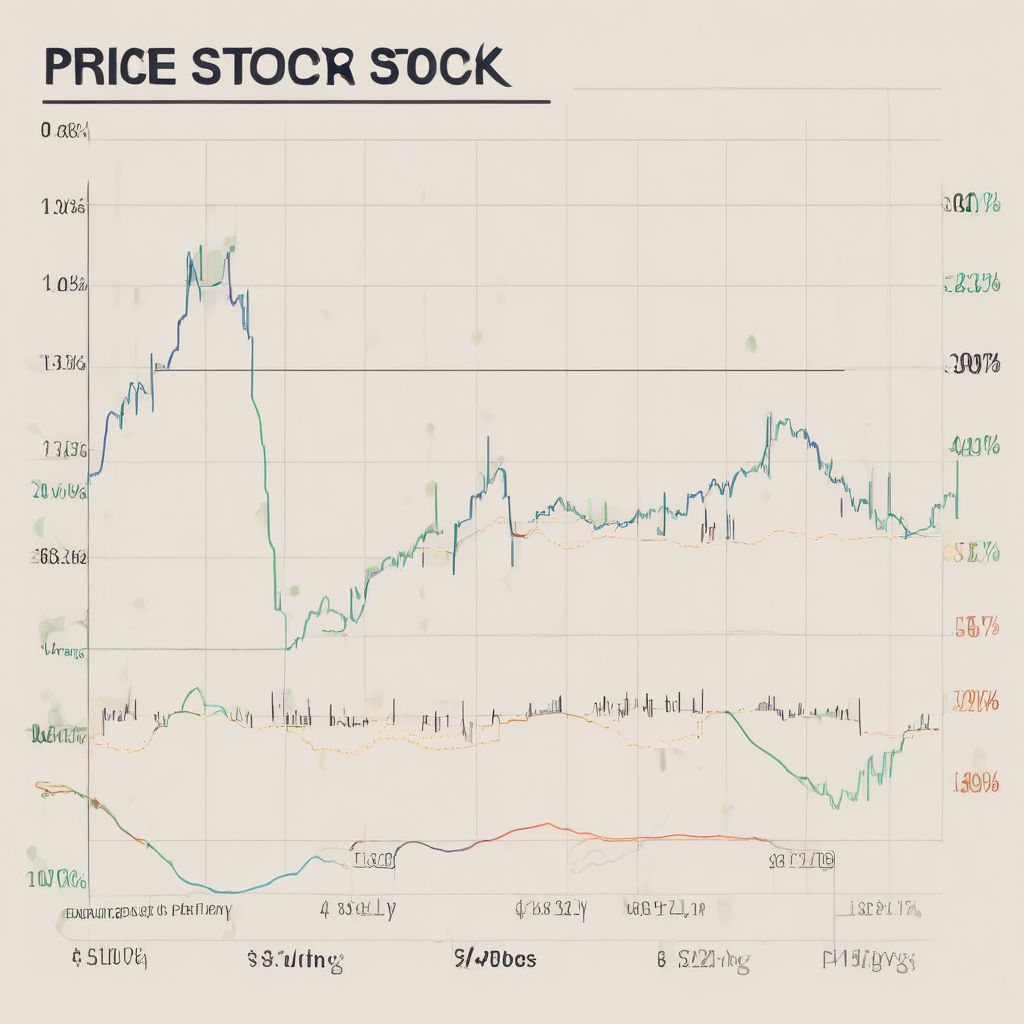What is Trading? A Beginner’s Guide to Navigating the Financial Markets
Have you ever wondered how some people make money by simply buying and selling assets? That, my friend, is the essence of trading. But “trading” is a broad term, encompassing a vast and dynamic world of financial markets.
This comprehensive guide will delve into the depths of what trading truly is, exploring its various forms, significance, and how you can potentially benefit from it.
Understanding the Core Concept of Trading
At its simplest, trading is the exchange of one asset for another, with the expectation of profiting from the price difference. This could involve:
- Securities: Stocks, bonds, mutual funds, and derivatives.
- Commodities: Oil, gold, coffee, and other raw materials.
- Currencies: Buying and selling different global currencies (Forex trading).
- Cryptocurrencies: Bitcoin, Ethereum, and other digital assets.
Traders aim to buy low and sell high, capitalizing on market fluctuations. They analyze market trends, news events, and economic indicators to make informed trading decisions.
Why is Trading Important?
Trading plays a crucial role in the global economy. Here’s why:
- Price Determination: Trading activities determine the market prices of assets, reflecting supply and demand dynamics.
- Liquidity: Trading provides liquidity to the markets, enabling investors to buy and sell assets quickly and easily.
- Capital Formation: Trading facilitates capital formation by connecting investors with businesses seeking funding.
- Risk Management: Trading offers tools like derivatives for hedging against potential risks in various asset classes.
Different Types of Trading
Trading encompasses diverse approaches catering to different risk tolerances and investment goals:
1. Day Trading: Buying and selling assets within a single trading day, aiming to profit from short-term price movements.
2. Swing Trading: Holding positions for several days or weeks, seeking to capitalize on medium-term price swings.
3. Trend Trading: Identifying and exploiting longer-term price trends, holding positions for weeks, months, or even years.
4. Scalping: Making numerous trades within extremely short timeframes, aiming to profit from small price fluctuations.
Frequently Asked Questions about Trading
What are the risks associated with trading?
Trading involves inherent risks, including market volatility, leverage, and potential losses. It’s essential to understand these risks and manage them effectively.
Do I need a lot of money to start trading?
The capital required to start trading varies depending on factors like the chosen market and trading strategy. Today, several platforms offer fractional shares and micro-lots, making trading more accessible with smaller capital.
How can I learn more about trading?
Numerous resources are available to educate aspiring traders, including online courses, books, webinars, and demo accounts offered by brokerage firms.
The Importance of Market Analysis in Trading
Successful trading relies heavily on thorough market analysis.
Fundamental Analysis
This approach involves evaluating the intrinsic value of an asset by examining relevant economic, financial, and other qualitative and quantitative factors that can affect its price.
Technical Analysis
This method focuses on charting historical price movements and trading volume to identify patterns and trends that can indicate future price direction.
trading.hoahocthcs.com/wp-content/uploads/2024/07/stock-chart-66a460.jpg" alt="Stock Market Chart with Candlestick Patterns" width="1024" height="1024">Stock Market Chart with Candlestick Patterns
Conclusion
Trading, while potentially lucrative, demands knowledge, discipline, and a calculated approach. By understanding its fundamentals, exploring different trading styles, and engaging in continuous learning, individuals can equip themselves to navigate the exciting world of financial markets.
Remember, trading always involves risk. Start small, learn continuously, and never invest more than you can afford to lose.



